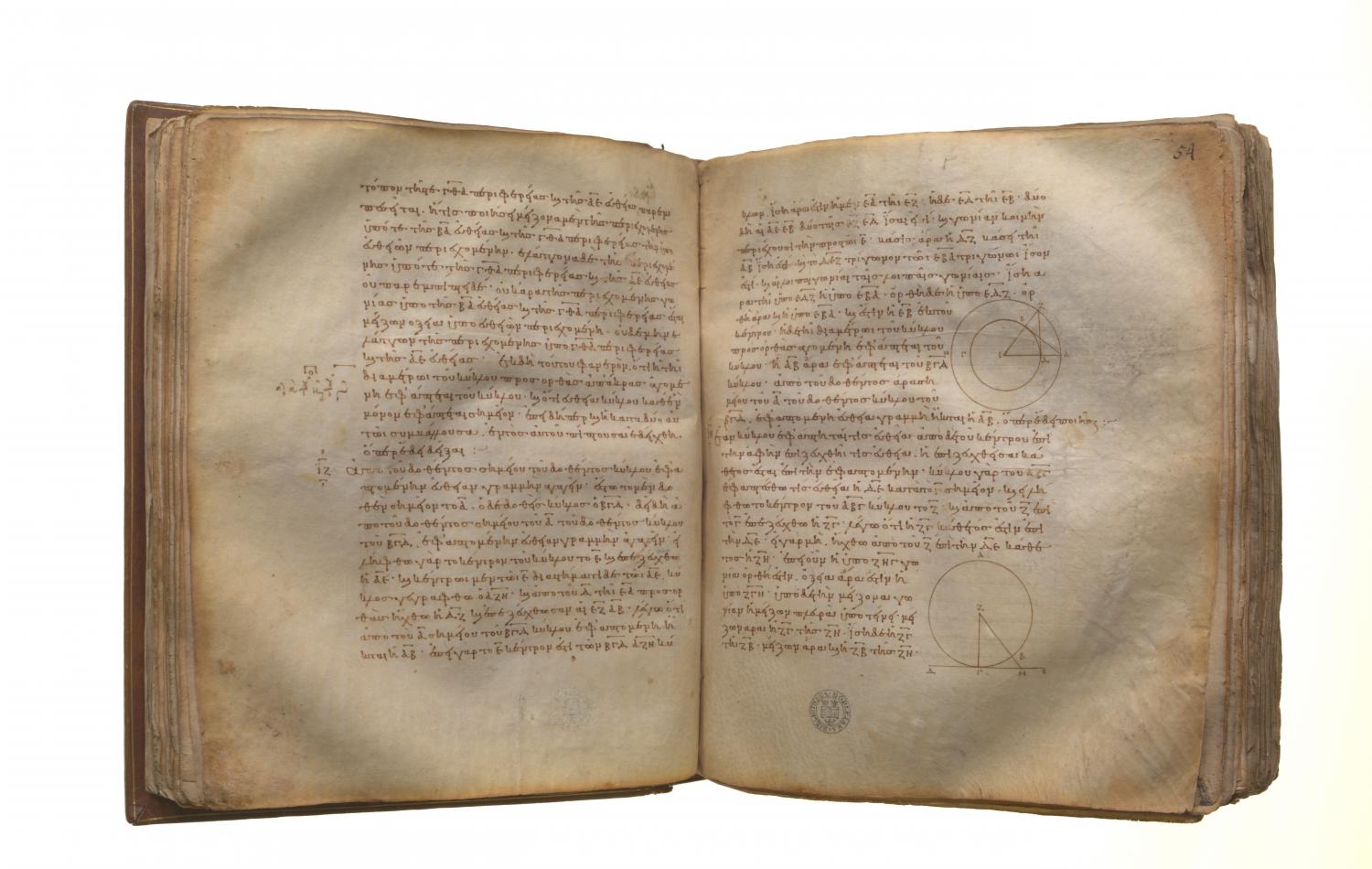Translations
From a given point to draw a straight line touching a given circle. Let A be the given point, and BCD the given circle; thus it is required to draw from the point A a straight line touching the circle BCD. For let the centre E of the circle be taken; [III. 1] let AE be joined, and with centre E and distance EA let the circle AFG be described; from D let DF be drawn at right angles to EA, and let EF, AB be joined; I say that AB has been drawn from the point A touching the circle BCD. For, since E is the centre of the circles BCD, AFG, EA is equal to EF, and ED to EB; therefore the two sides AE, EB are equal to the two sides FE, ED: and they contain a common angle, the angle at E; therefore the base DF is equal to the base AB, and the triangle DEF is equal to the triangle BEA, and the remaining angles to the remaining angles; [I. 4] therefore the angle EDF is equal to the angle EBA. But the angle EDF is right; therefore the angle EBA is also right. Now EB is a radius; and the straight line drawn at right angles to the diameter of a circle, from its extremity, touches the circle; [III. 16, Por.] therefore AB touches the circle BCD.
